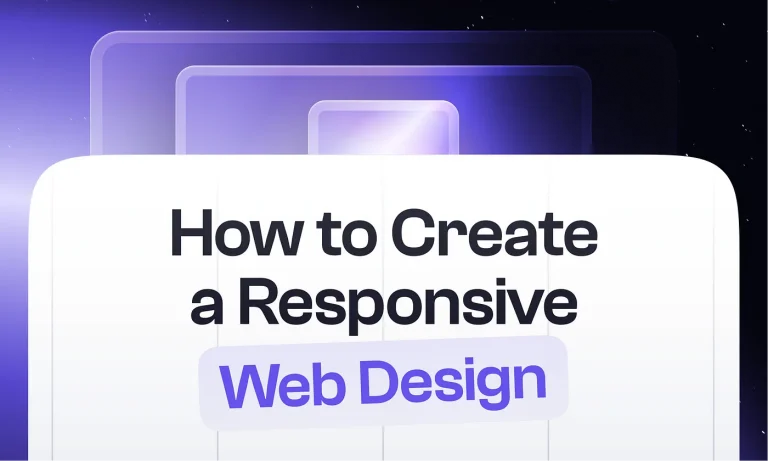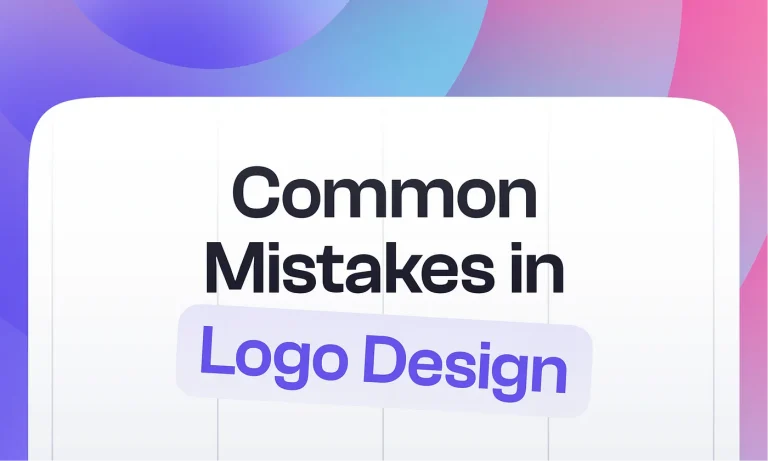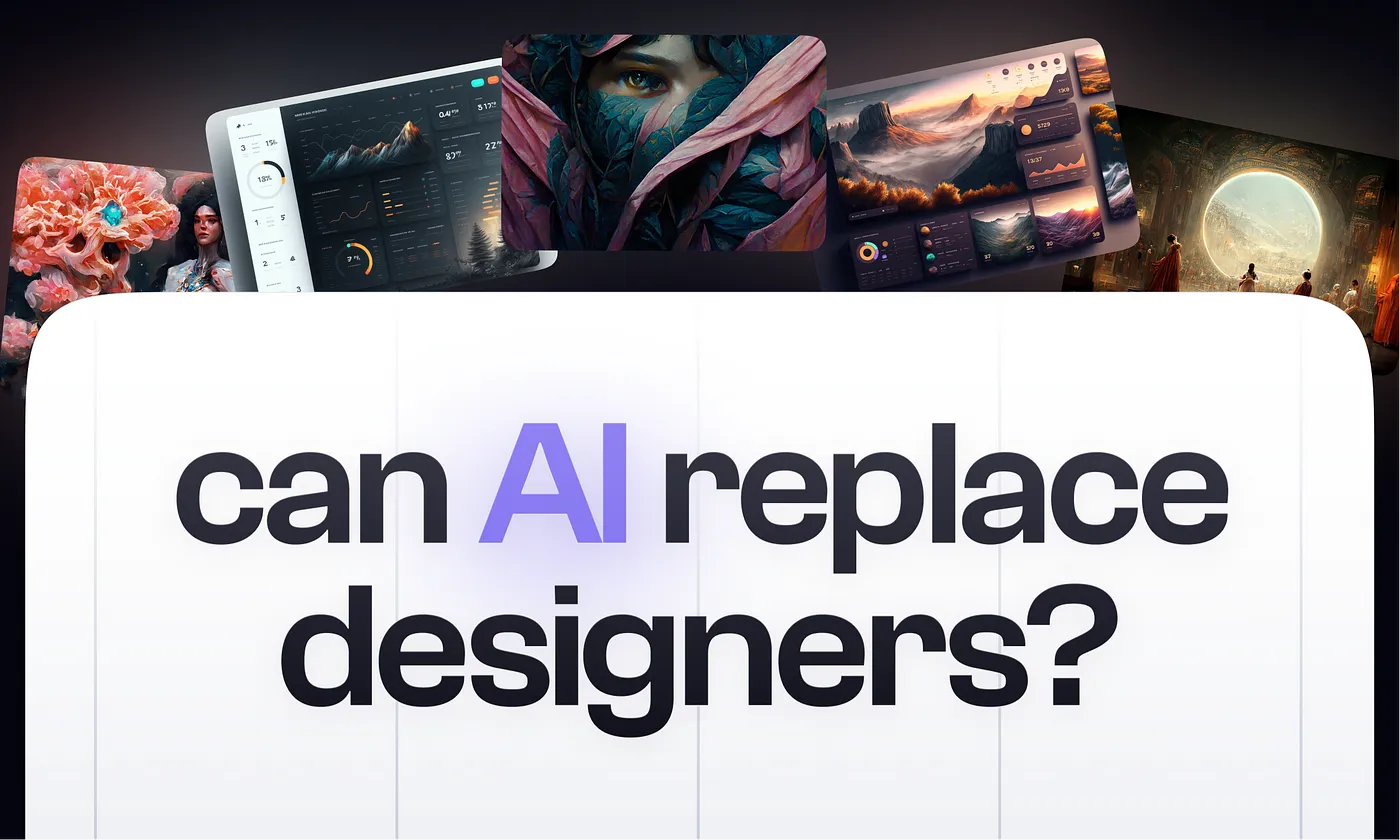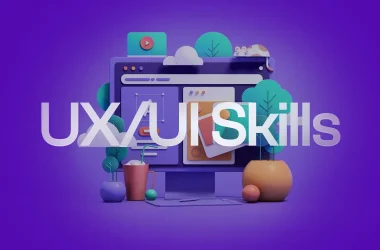Technology has fundamentally changed our daily lives. Does this mean: that AI will replace designers or radically change our workflow?
To answer this question, we need to compare the capabilities of people and machines in this area and understand what kind of future awaits us.
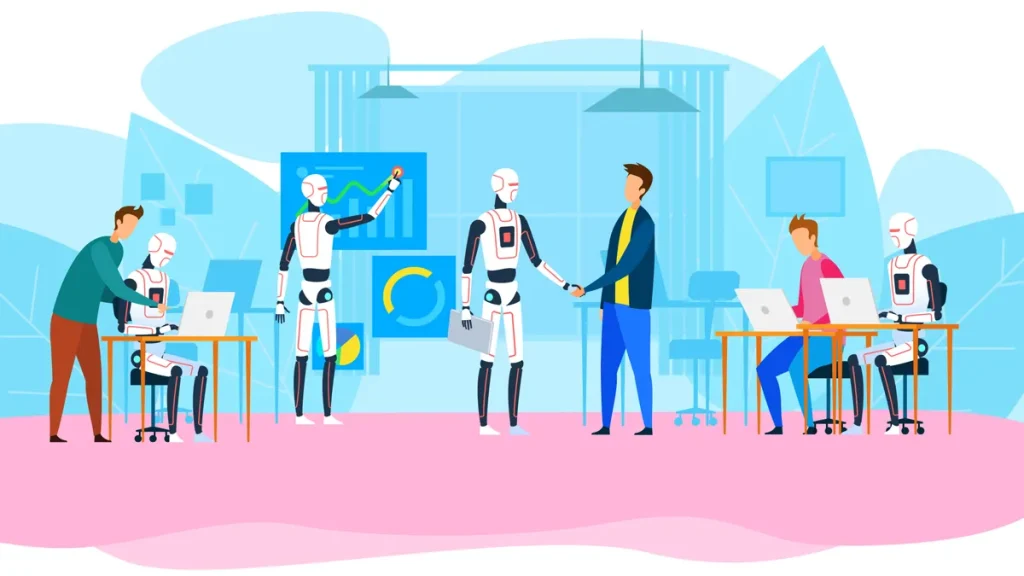
The advantage of humans over AI:
- Empathy. People make decisions imbued with the emotions of other people. It frees us from the limitations of personal experience and allows us to go beyond our own stories.
- Modelling. We use cognitive abilities to build mental models, imagine outcomes and choose alternatives. That helps to develop the most effective solutions.
- Mind. Humans can imagine what can happen by inventing circumstances that do not exist.
Design is not an easy field. To develop a good project, it is not enough to rely on your imagination and creativity or just strictly follow the brief. The designer must have various abilities to learn from others, develop and hone their skills, meaningfully and consciously communicate with other people. But people are afraid, believing that automation will be used everywhere, and AI will replace designers and deprive them of work.
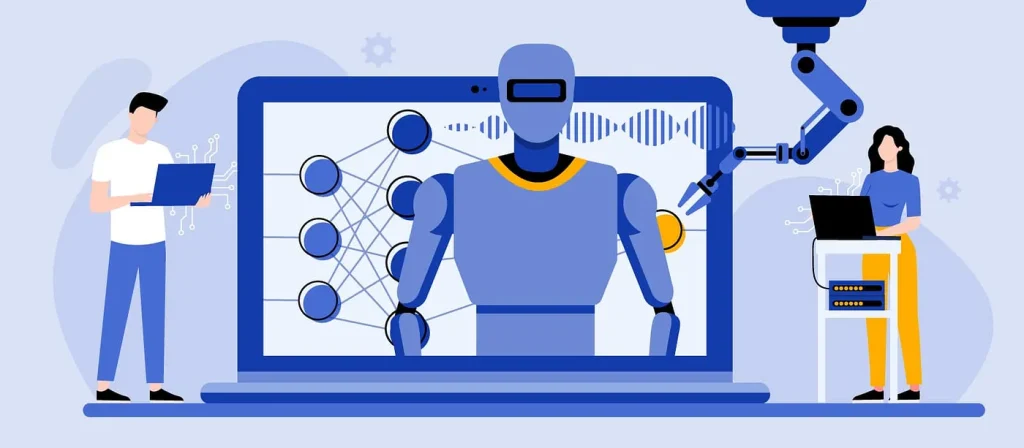
Advantages of AI over humans:
- AI has unlimited resources. Compared to humans, programs can analyze data faster and more efficiently perform repetitive operations.
- People help AI in the learning process: they develop algorithms and train it to get the expected result. Three types of machine learning exist: supervised learning, unsupervised learning, and reinforcement learning, enabling AI to learn autonomously. By accurately identifying patterns in the data, AI develops much faster than humans.
As we can see, both humans and AI have their strengths. People benefit from empathy, mental model-based assessment, imagination of outcomes, and counterfactual argumentation. In turn, AI can quickly repeatedly analyze gigabytes of data. Unfortunately, people cannot achieve such results.
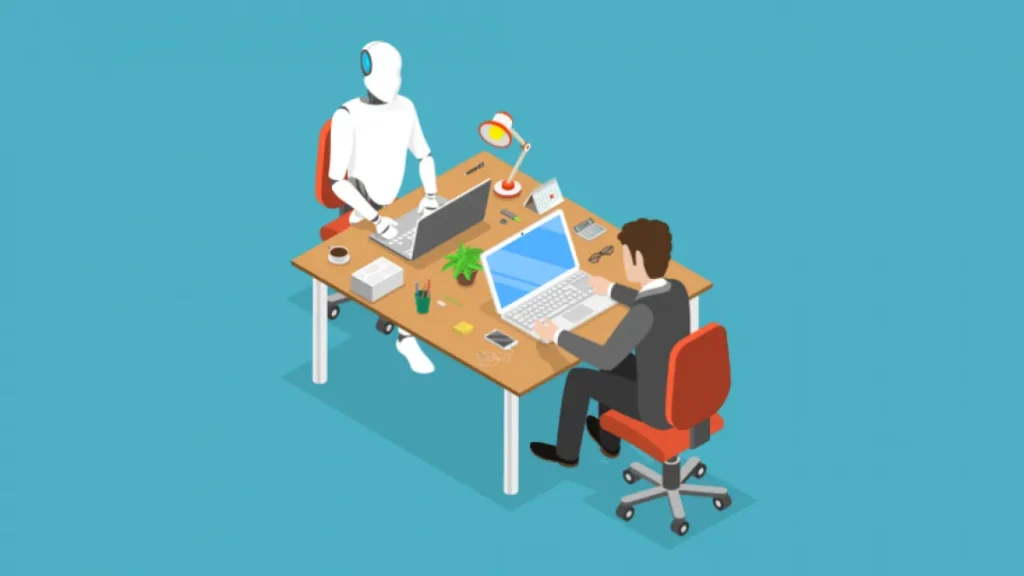
And now let’s take a concrete look at the same situation, but only during the design process.
We can divide that into 2 parts:
- A person plays the most important role at the level of abstraction: people can identify the problem and then apply adaptive thinking to effectively use imagination and generate creative ideas.
- The phase in which AI plays the main role is the level of specificity: here, it is required to quickly and repeatedly identify patterns to improve the human-created concepts.
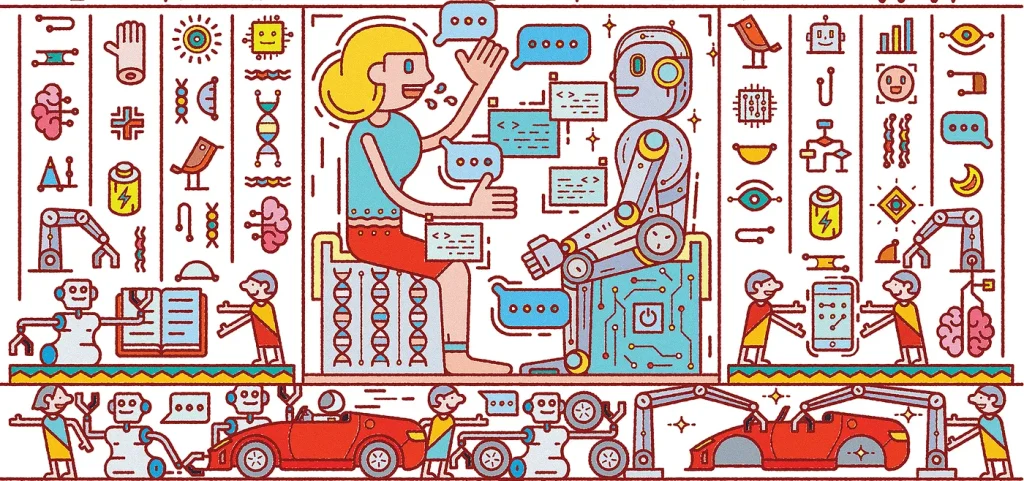
Well, let’s summarize the above: instead of replacing people in the design process, we can effectively collaborate with AI to achieve more impressive results. AI can take our analytical and decision-making skills, as well as creativity, to a new level.
Even though digital technologies are used to reduce costs and time for the production and delivery of goods and services, design is still primarily a human activity. As complex beings, humans have many qualities.
AI eliminates certain limitations and allows us to quickly explore a large number of ideas. Nevertheless, it is people who will take the lead in this process, creating the logic of the product and developing a design strategy. Changing the focus requires new ideas and organizational abilities, and AI is not capable of this.
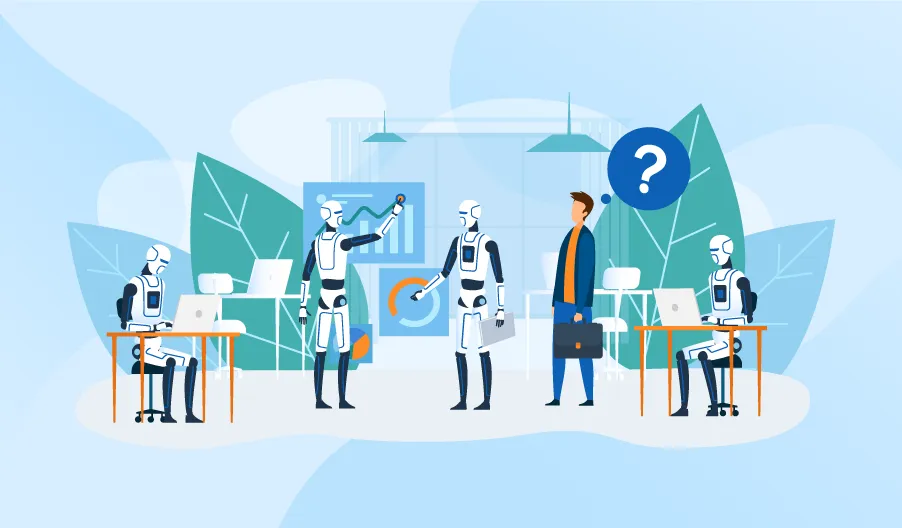
Also, do not forget that it was people who created artificial intelligence, and not vice versa. Therefore, it can be assumed that machines will be involved in the creative process as assistants, but not as substitutes for humans.
Psss, more exciting topics are coming soon on this platform. Stay tuned!

